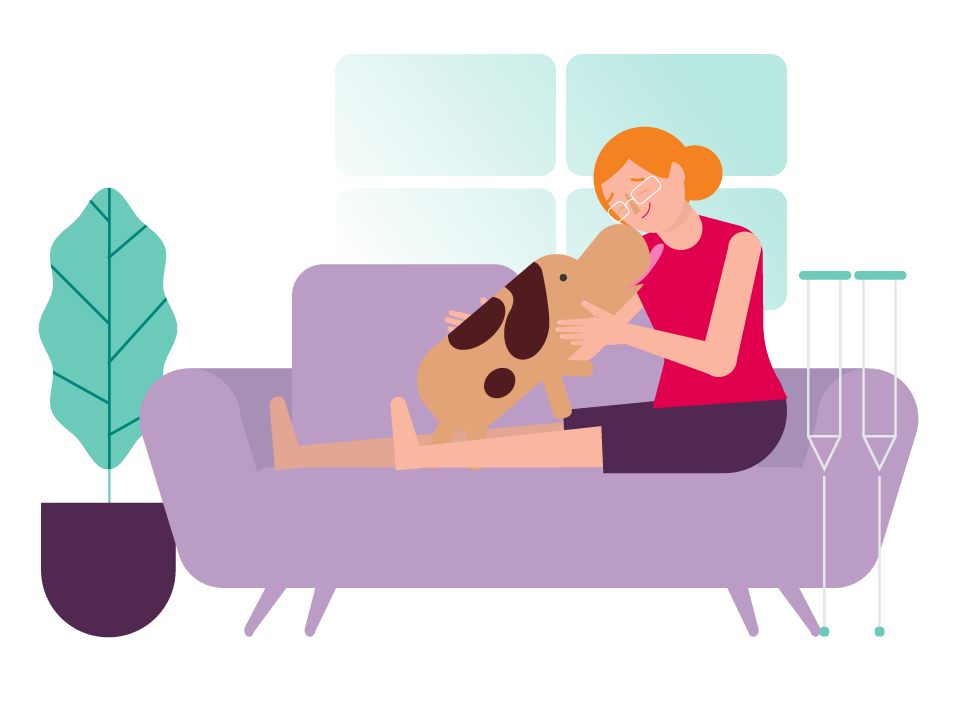Your options depend on how advanced your skin cancer is. Your GP is usually the first person you’ll see and treatment may also involve specialists such as a dermatologist or plastic surgeon.
If the tumour is large, cancerous and/or has spread you'll have to go into hospital for surgical removal.
However, most skin tumours are treated in dermatologists' rooms. Treatments include removal under local anaesthetic, photodynamic therapy and cryotherapy. These procedures are outpatient services and are not covered under hospital insurance.
If hospitalisation is required, where is the procedure done?
It's usually carried out as a day surgery patient in a specialised day surgery facility or in the day surgery unit of an overnight hospital.
How long does it take?
It depends on the type and size of the tumour, whether it has spread, and if skin grafting is required.
Who's involved?
In addition to a dermatologist or plastic surgeon, it also involves:
- An anaesthetist (to either fully anaesthetise or sedate you and look after you during the procedure)
- nurses (during the procedure and recovery)
- A pathologist (if blood tests are necessary).







